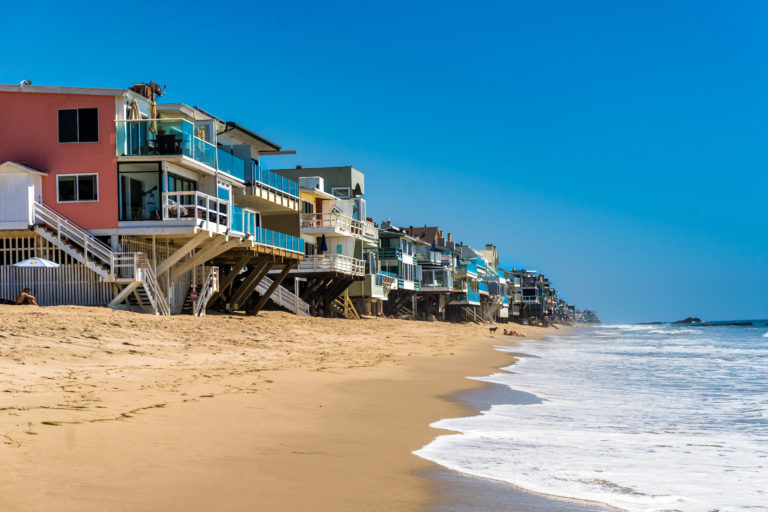Daily Journal: This land is your land – but Malibu won’t let you tell anyone

Whether you live in a city, a suburb, or out in the country, you have probably seen a “private property” or “no trespassing” sign. Such signs are ubiquitous across America and can be extremely helpful in protecting and preserving property rights. But some property owners find that it is harder than expected to put up a simple sign to inform the public of the boundaries of their private property. This is because in California, agencies such as the California Coastal Commission and local governments along the coast can make it difficult, if not impossible, for coastal owners to mark their property lines.
That is what happened to Dennis and Leah Seider. The Seiders bought a beachfront home in Malibu in 1980, along with property that extends seaward to a line known as the “mean high-tide line.” The property was subject to an easement permitting members of the public to walk along the last 25 feet of the shore, but the Seiders have quite a bit of private, dry beach above where the easement ends. In order to inform the public and avoid disputes, the Seiders want to clearly mark the boundary between their private beach and the public easement area. Yet the posting of a “private beach” sign on the crossbeams below the Seiders’ house attracted the attention of the Coastal Commission, which sent the Seiders a letter demanding that the sign — which it deems to be “unpermitted development” — be removed, although the beach immediately behind the house is, indeed, private.
The Seiders relented, but they still wanted a sign that would mark their private beach while informing the public of the existence and boundaries of the easement. Unfortunately, they found that Malibu’s Local Coastal Program included an ordinance prohibiting any sign referencing the boundary of private property along the ocean. After several futile exchanges with Malibu officials, the Seiders realized they would need to go to court if they wanted to mark their property line. They sued Malibu in federal court in Los Angeles, arguing that the city’s prohibition of their sign based on its content violates their free speech rights. Seider v. Malibu, 20-8781 (C.D. Cal., filed Sept. 24, 2020). After all, the city rejected their sign only because it asserts property rights; if it said “Public Welcome,” one expects that the city and commission would have no problem with it.
The commission’s hostility to private property along the coast is well known, but the sign ban raises important questions about the ability of private owners to protect their most fundamental property interests with that most fundamental of constitutional rights — the right of free speech. Perhaps the most fundamental element of property rights is the right to exclude strangers from private property. Without signage, and against the background of the commission’s ever-expanding zeal for public beach access, people like the Seiders have no realistic option to preserve their private property. The commission and some localities create the impression that the beach is entirely public, and signage is the only way for property owners to assert their rights. Indeed, the commission even solicits from the public evidence of public use over private property as part of an effort to expand public rights on the shore through prescriptive easements. Property owners need signage or they run the risk of having their property rights wash away like so many grains of sand.
Sign permitting ordinances have become commonplace in many jurisdictions across the United States. But a recent unanimous Supreme Court decision confirmed that governments cannot use sign codes to regulate the content of signs unless such regulations are “narrowly tailored” to further a “compelling” government objective. Such precedent should doom attempts to prohibit people like the Seiders from posting private property signs where other signs are permitted. After all, while the Coastal Commission and city of Malibu may have an interest in promoting access to public beaches, they do not have a legitimate interest in obscuring the boundary between public and private property.
Property rights are fundamental in American society, and so is the right to mark the boundaries of one’s property with a sign. Beachfront owners should not have to surrender these rights simply because the government wants unfettered access to private property. If California or any municipality wants to expand public access to the beach, those governments can use the power of eminent domain and pay to make private beach public. But they cannot surreptitiously expand public beach access by silencing property owners and deliberately obscuring the line between public and private property.
This op-ed was originally published by Daily Journal on November 4, 2020.



